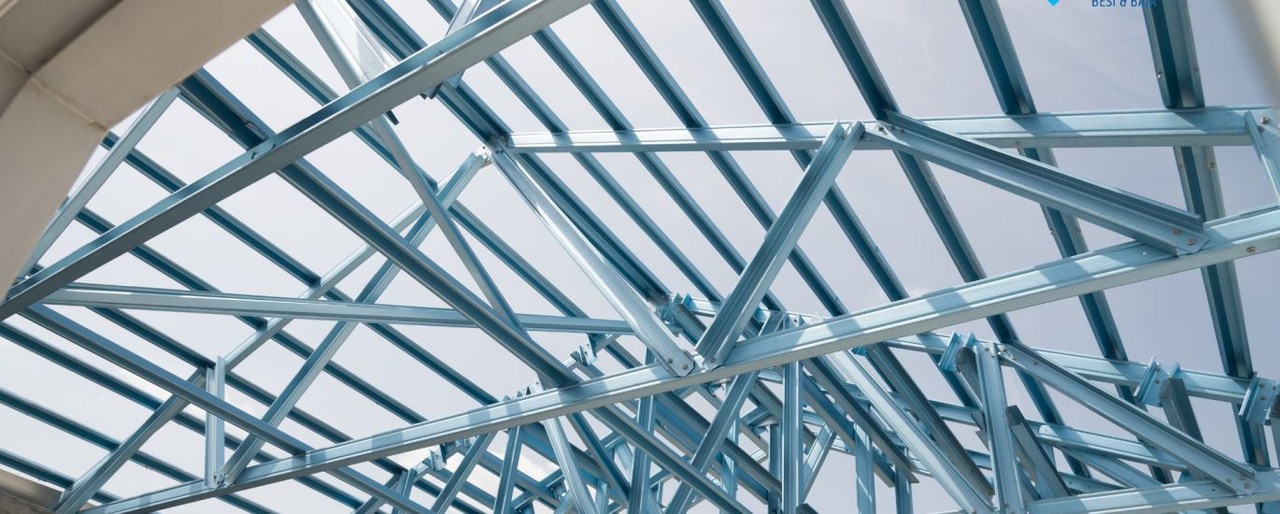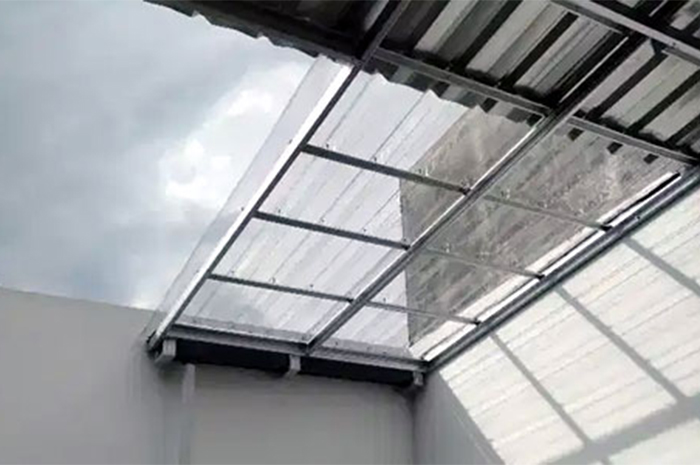Beranda > Artikel
Know the type and shape of the roof of the house

When going to build a roof, choosing a roof material and shape / model is an important part of making the house look beautiful, especially protecting all parts of the house and its occupants from rainwater and sun exposure. The development of a roof or tile cannot be separated from the instincts of ancient human ancestors. Initially, in building a shelter, they used leaves as the main material for the roof. The leaves used are straw, gandu, banana, and others.
Then, during the Middle Ages, a roof made of thin slate (slate) was known, and of baked clay (tile). With the discovery of this material, the buildings of that era were better protected, especially if they were used to build a fort. Today, these two materials are still used in several places because they have a long service life, tens or even hundreds of years. But the drawback is that these two materials are quite heavy, so they are slowly starting to be replaced by materials that have the same strength but are lighter in weight, such as roofs made of synthetic materials.
Well, this time we will discuss the types of roofs of houses, starting from the materials that form them to the shape of the roofs that are commonly used today. Roof materials for houses or buildings that are generally used from the past to modern times.
1. Tile
Tile is a roof made of clay that is shaped in such a way (usually a rectangle, with a curve on one side), then burned at a certain temperature, until the condition hardens. This one roof, has extraordinary resistance, protects from rain, and absorbs the heat of the sun. But one drawback, namely the weight which is quite heavy. This roof is very suitable for use in tropical climates, because if it is applied to houses with cold climates, it is feared that they will collapse when it snows.
2. Slate
The roof of this one is made of a thin piece of stone which has a stronger strength than tile, because it has not been heated beforehand. Slate is usually used by buildings that want more protection, such as fortresses.
3. Concrete
Concrete or concrete is a roof that developed when the Roman Empire was in power. Previously, this roof was made of a mixture of volcanic materials such as pozzolan, lime, and pumice to form a concrete. The strength of this material is unquestionable, the proof is the giant domes or domes attached to the castle and church is proof of it.
4. Shingle
Shingle is the name for a roof made of wood. The wood used is usually ironwood. This type of wood is very suitable to be used as the roof of the pendopo (contemporary archipelago building) or ancient mosques. This sturdy wood material is often referred to as iron wood. Now shingles are commonly used in buildings that emphasize simplicity but have the impression of luxury.
5. Asphalt
This one roof is made from a mixture of asphalt and other chemicals. The advantage of asphalt is that it is lighter than concrete, tile and slate. Then, this material is resistant to strong winds, anti-mildew, anti-fade, and sturdy. The disadvantage of an asphalt roof is the high price. In addition, he also needs a fairly strong frame.
6. Metal
Roofs made of metal are one way of applying technology to create roofs that are lightweight, anti-mildew, anti-shatterproof but have almost the same strength as slate and tile. The metal used is usually made of stainless steel, mild steel. The disadvantage of this roof is that it is expensive and the installation requires precision so that each connection has no gaps and still looks beautiful.
7. Zinc
Zinc is widely chosen as a roof by roadside stalls. Has a long size, zinc roof has the advantage of the lack of necessary frames. Its weight is light enough that the installation must be nailed to the frame. The price of this type is the cheapest compared to other roofs.
8. Asbestos
Asbestos looks exactly like zinc, but does not absorb heat, which is one of its advantages. In addition, it is cheap, easy to install, durable and lightweight. The weakness of asbestos roof is a health risk if the asbestos has aged. Asbestos fibers made of carbon are easily released and can interfere with respiratory health.
9. Synthetic Materials
Several synthetic materials such as metal, rubber, plastic and polymer are existing materials and are being developed to answer consumer desires for a roofing material that is sturdy yet lightweight and safe for health.
10. Straw
This material was among the earliest used by humans to make a roof for a house or building. Usually this material is still used by rural communities, such as the Dani tribe in Papua and the Dayak tribe in Kalimantan.
 Bahasa Indonesia
Bahasa Indonesia  Inggris
Inggris
 Bahasa Indonesia
Bahasa Indonesia  Inggris
Inggris
 When going to build a roof, choosing a roof material and shape / model is an important part of making the house look beautiful, especially protecting all parts of the house and its occupants from rainwater and sun exposure. The development of a roof or tile cannot be separated from the instincts of ancient human ancestors. Initially, in building a shelter, they used leaves as the main material for the roof. The leaves used are straw, gandu, banana, and others.
When going to build a roof, choosing a roof material and shape / model is an important part of making the house look beautiful, especially protecting all parts of the house and its occupants from rainwater and sun exposure. The development of a roof or tile cannot be separated from the instincts of ancient human ancestors. Initially, in building a shelter, they used leaves as the main material for the roof. The leaves used are straw, gandu, banana, and others.





